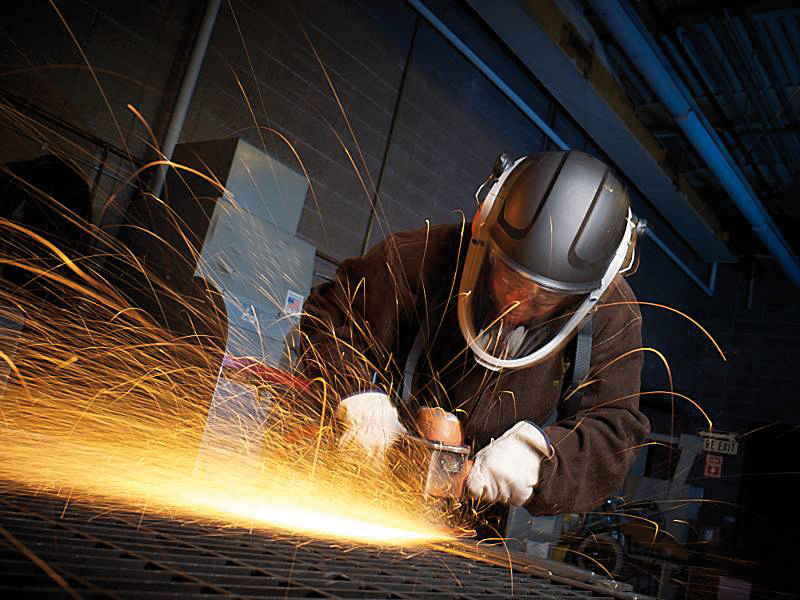Abrasive Options in Floor Sanding
Floor sanding is a crucial process in both residential and commercial renovations. The choice of abrasive plays a significant role in achieving a smooth, even finish. Whether you’re a professional contractor or a DIY enthusiast, understanding abrasive options is key to a successful floor sanding project.
What Are Abrasives?
Abrasives are materials used to smooth, grind, or polish surfaces by wearing away unwanted material. In floor sanding, abrasives are typically made from minerals such as aluminum oxide, silicon carbide, zirconia alumina, and ceramic. Each type of abrasive material has distinct properties that make it suitable for specific sanding tasks.
Types of Abrasives for Floor Sanding
- Aluminum Oxide
This is the most common abrasive used for floor sanding. Known for its durability and versatility, aluminum oxide is suitable for sanding all types of wood. It offers a good balance between cutting power and longevity, making it ideal for both heavy-duty and fine sanding tasks. - Silicon Carbide
Silicon carbide abrasives are sharper and harder than aluminum oxide, providing a faster cut. They are ideal for removing old finishes or working with dense hardwoods. However, they wear out faster than aluminum oxide, making them less cost-effective for extensive sanding projects. - Zirconia Alumina
This abrasive is a blend of zirconium and aluminum oxide, offering a longer life and faster cut rate than standard aluminum oxide. Zirconia alumina is perfect for heavy stock removal and is commonly used in drum sanders for initial sanding passes. - Ceramic Abrasives
Ceramic abrasives are the most durable and aggressive option available. They are engineered for maximum efficiency in high-pressure applications. Ceramic abrasives are ideal for commercial floor sanding projects where speed and productivity are crucial.
Choosing the Right Abrasive for Your Floor Sanding Project
Selecting the right abrasive depends on several factors:
- Type of Wood: Different woods have varying hardness levels. Hardwoods like oak or maple may require more aggressive abrasives like silicon carbide or ceramic, while softer woods like pine can be sanded effectively with aluminum oxide.
- Condition of the Floor: For floors with heavy wear, deep scratches, or multiple layers of old finish, start with a coarser grit using a more aggressive abrasive. For floors in better condition, a medium or fine grit with aluminum oxide will suffice.
- Desired Finish: The desired finish also dictates the choice of abrasive. Coarser abrasives remove material quickly and leave a rougher surface, which is suitable for the initial sanding stages. Finer abrasives produce a smooth surface, perfect for the final finishing stages.
Choosing the right abrasive for your floor sanding project is crucial for achieving the desired results. It’s essential to match the abrasive material to the specific task at hand. Aluminum oxide is a great option for general-purpose sanding due to its durability and versatility. For faster cutting, silicon carbide is ideal, while zirconia alumina is suited for heavy-duty applications. Ceramic abrasives offer maximum durability, making them perfect for demanding projects. Additionally, consider the type of wood you’re working with; hardwoods typically require more aggressive abrasives, whereas softer woods can be effectively sanded with less aggressive options. Finally, assess the condition of the floor to determine the appropriate grit: coarser grits are best for heavily worn floors, while finer grits are ideal for those in better condition. Understanding these factors will help ensure a smooth and efficient floor sanding process.




LEAVE A COMMENT